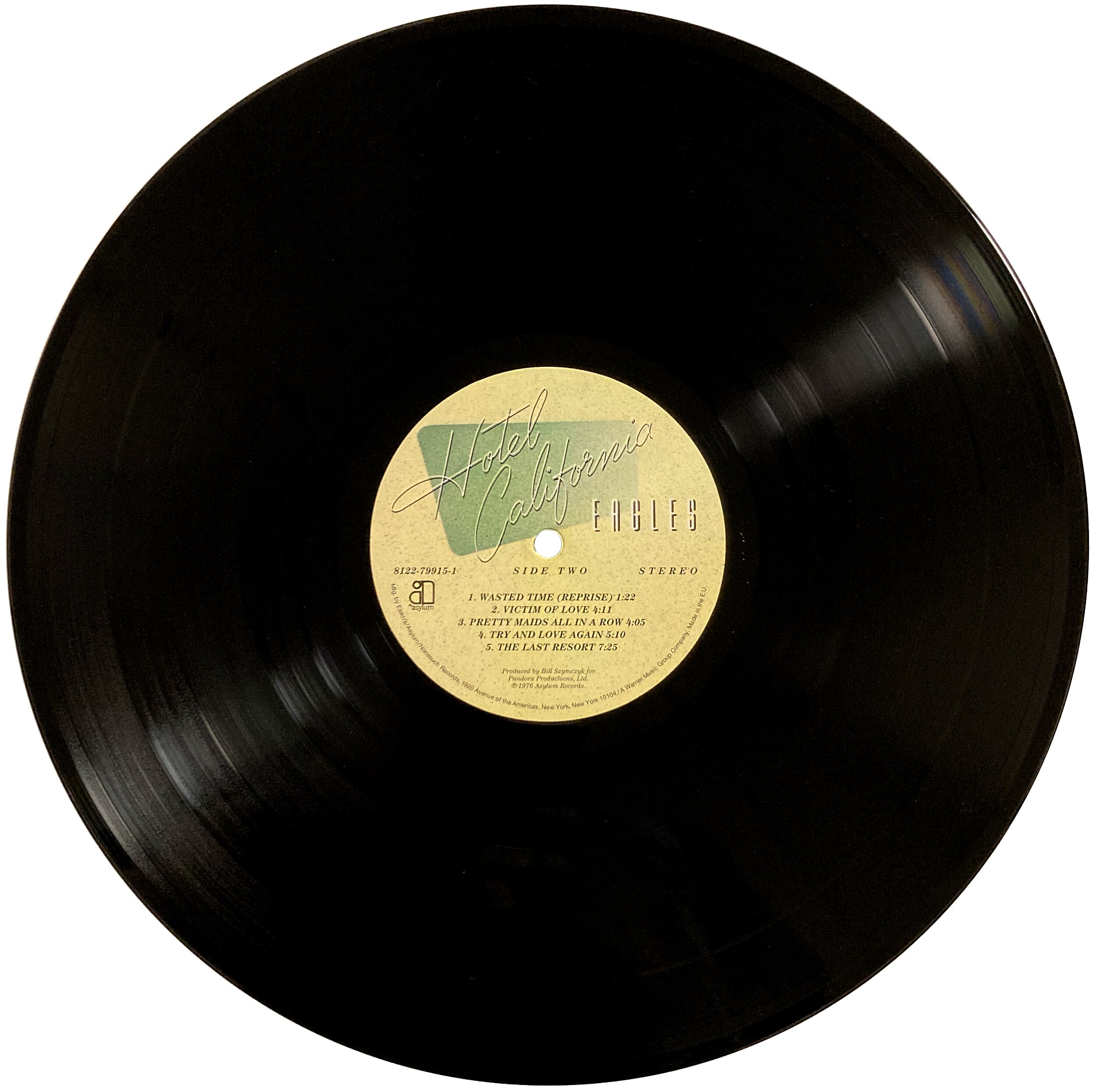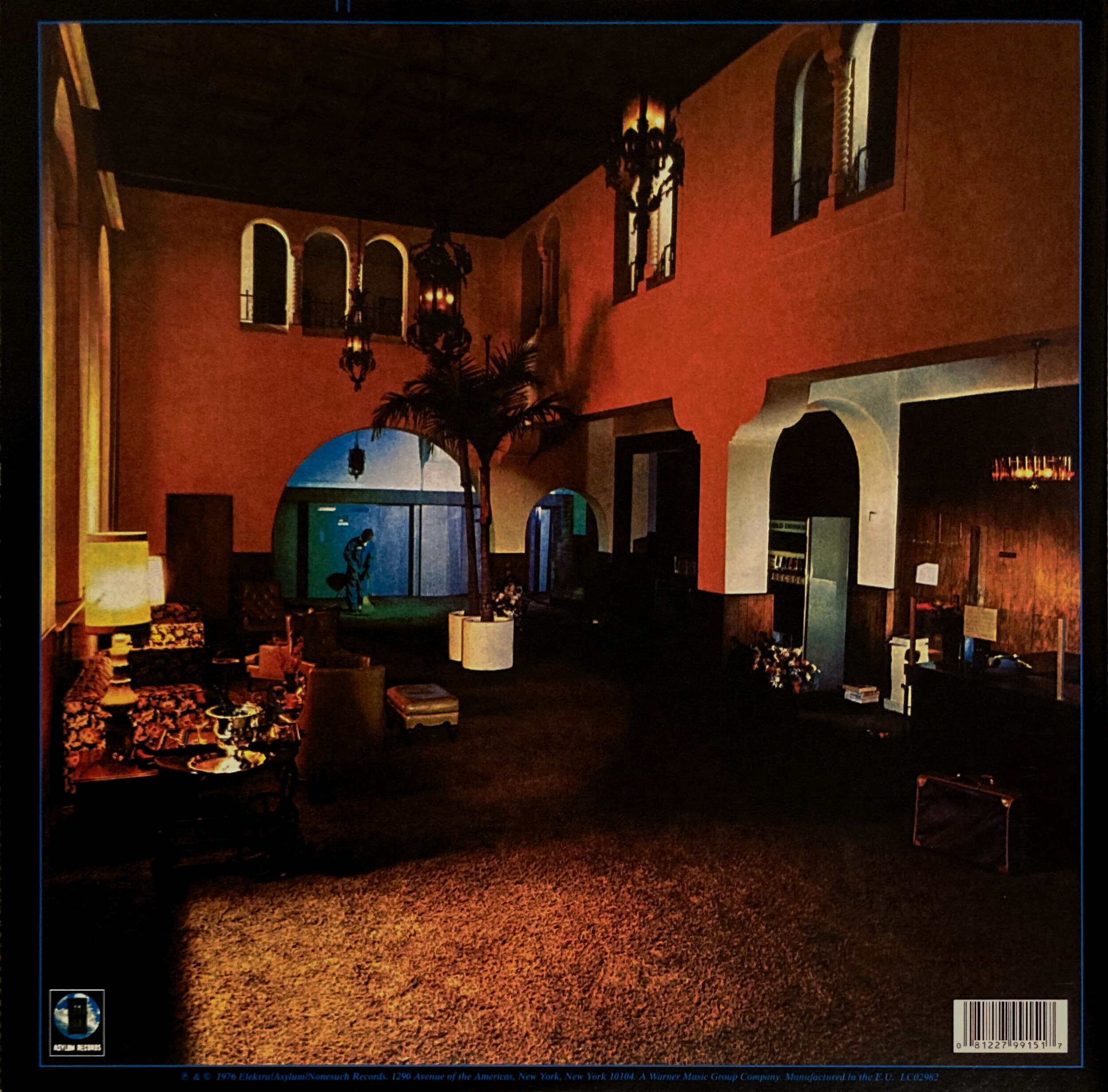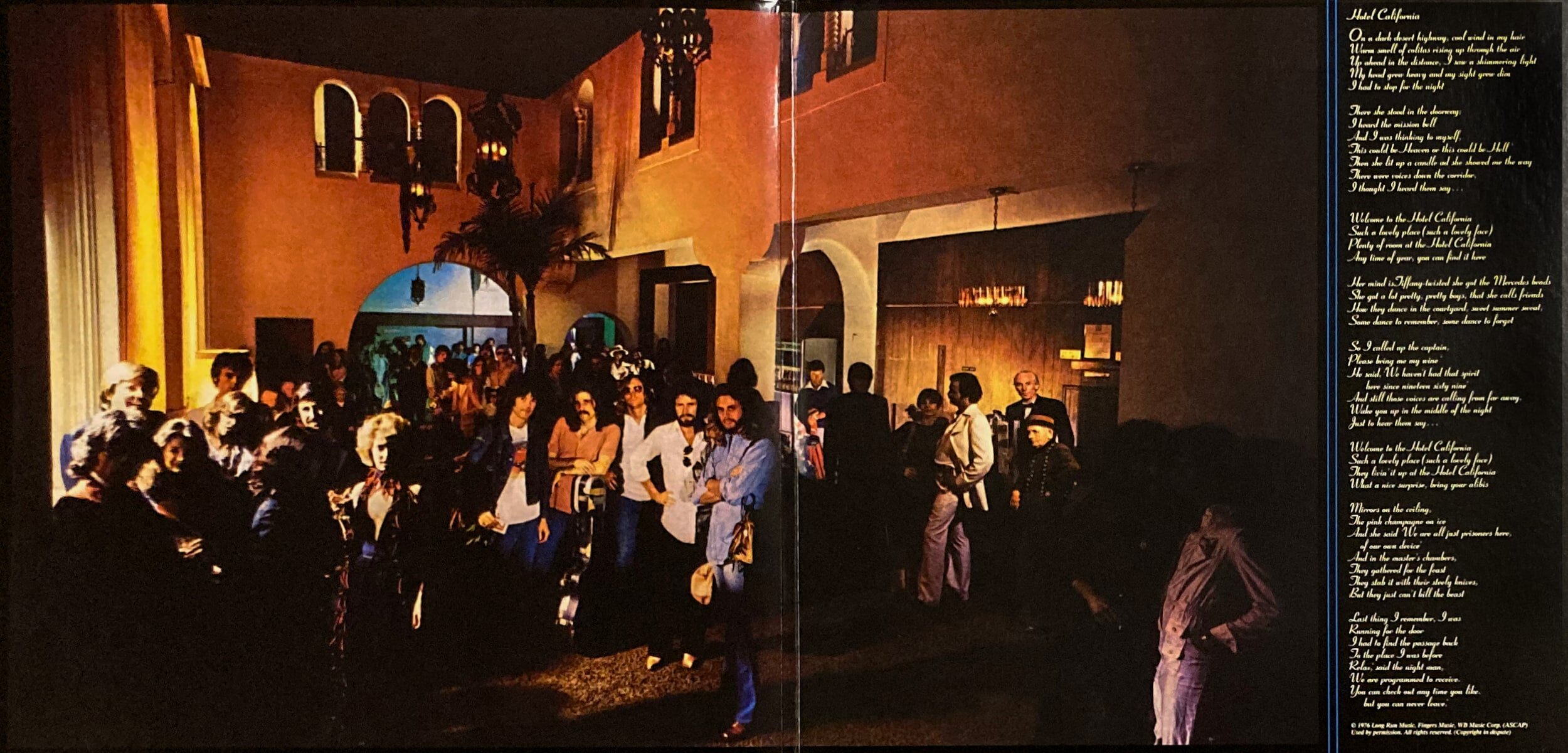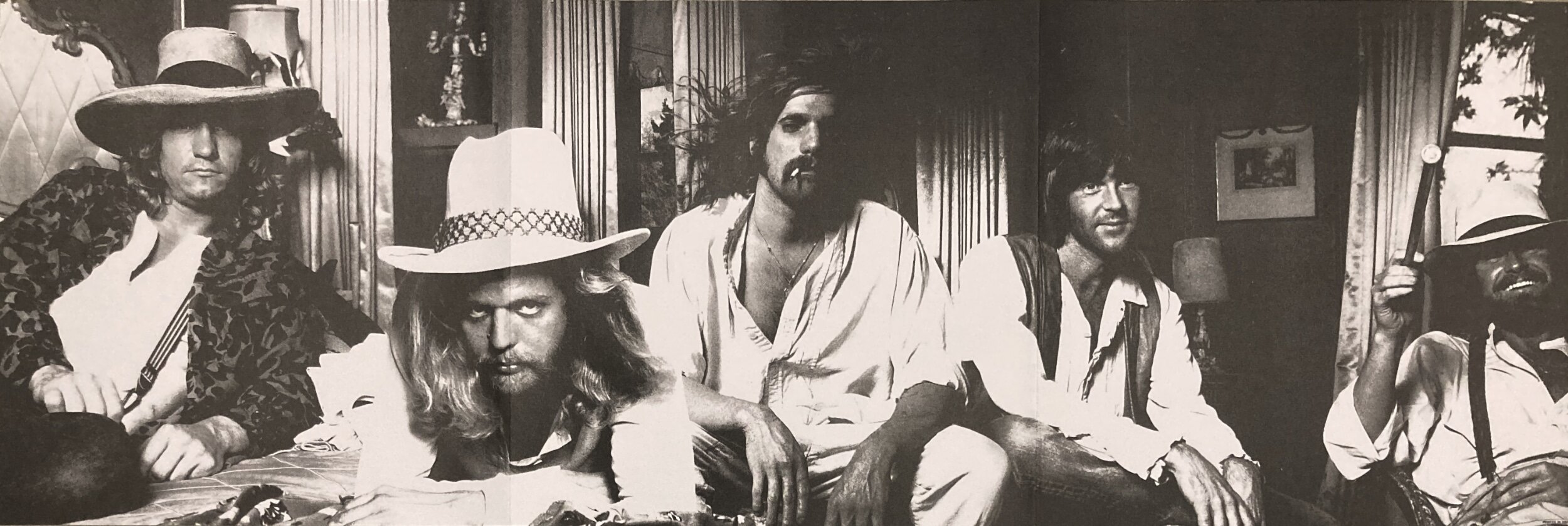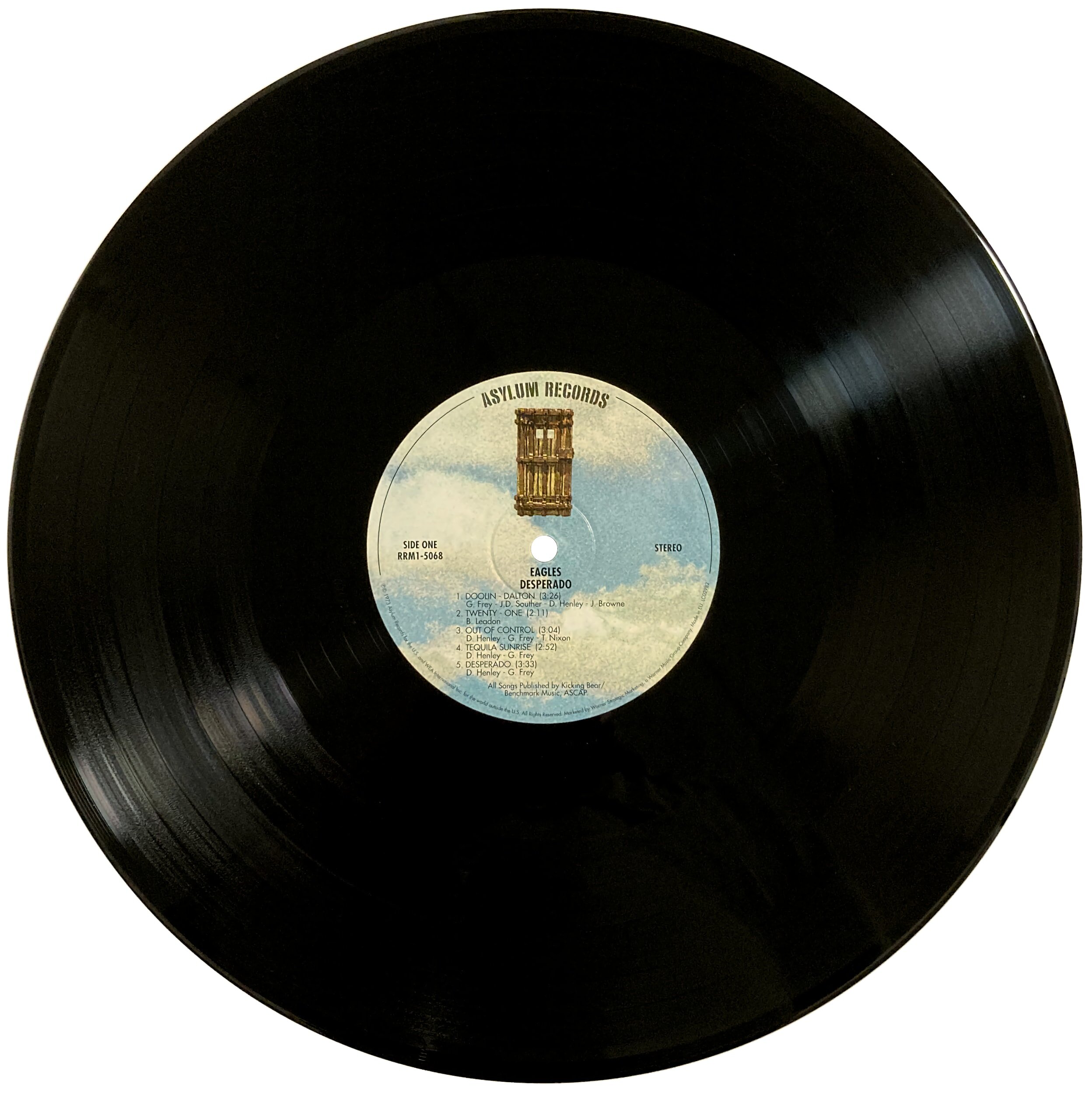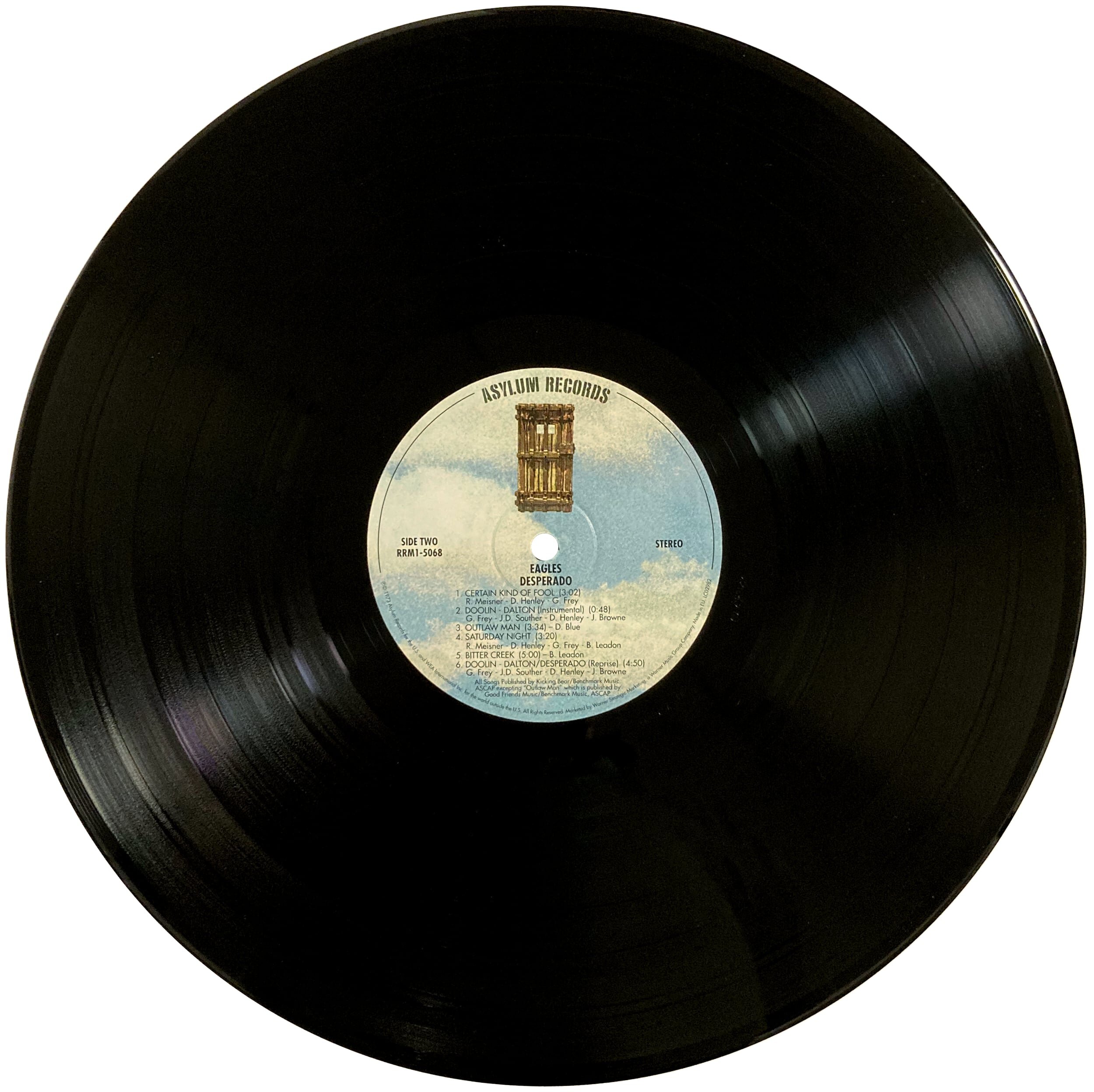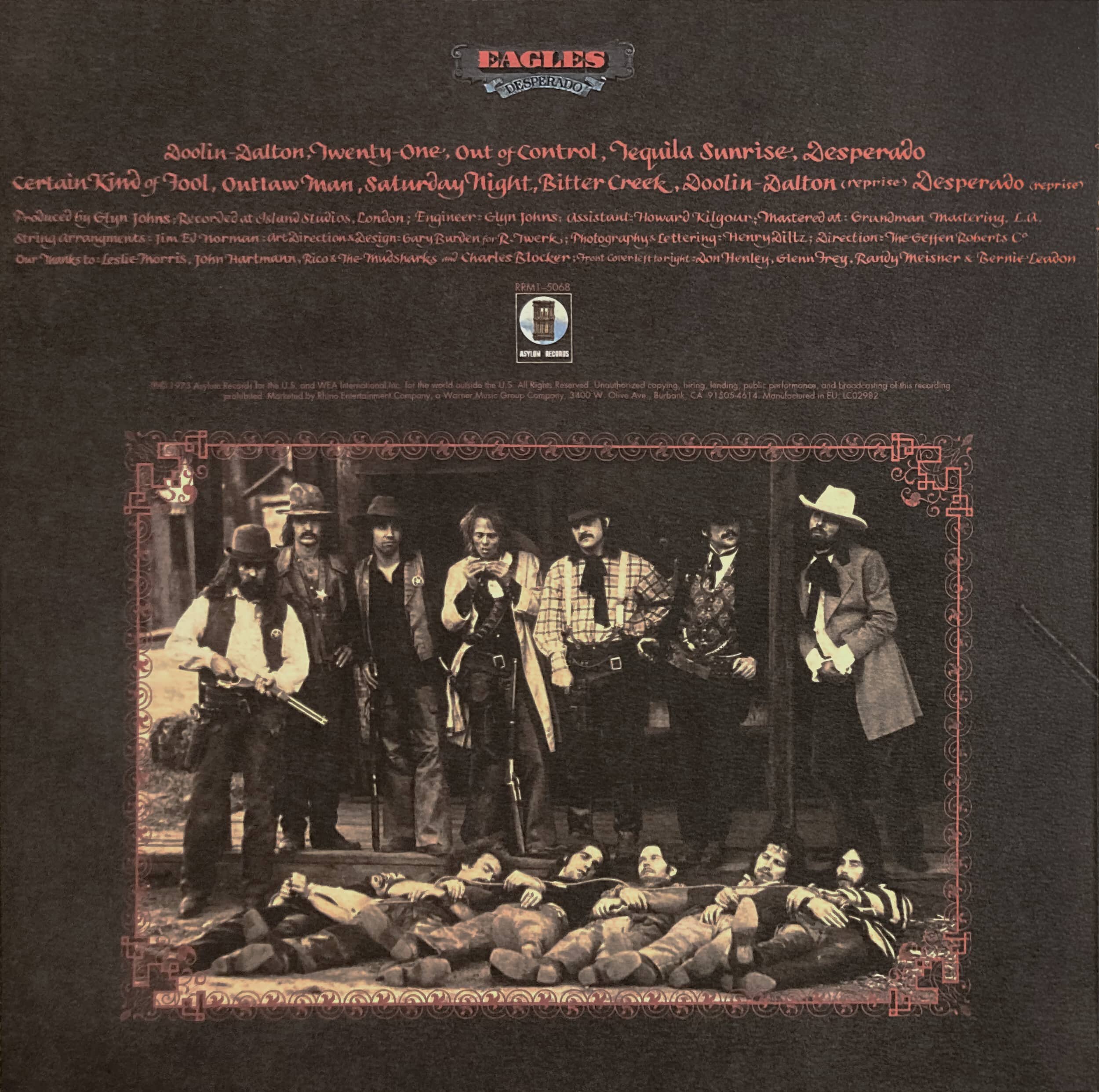Released in 1977, CSN is the second official release from the folk-rock supergroup trio known simply as Crosby, Stills & Nash. While some will point to the eponymous debut as their greatest work, CSN has a greater sense of uniformity as each master musician perfectly complements the other, thereby making this a perfect entry point and arguably their most accessible album.
Some may lament Neil Young’s absence, but as valued as Young was throughout the years to the Crosby, Stills, Nash & Young (CSNY) lineup there’s something special about the vocal harmonies of the original trio that transcends the quartet.
That uniqueness is also seen in the album artwork; an album that I still need to acquire on vinyl. Part of its appeal is the joy expressed by the band members and the feeling that they are ordinary people just like you and me thereby making the album and their music even more relatable. That said, modern re-issues, including streaming releases, have a different cover photograph to the original album release (pre-CD era) whereby all three are looking off in different directions as if harmony isn’t present amongst them. I prefer the newer, more positive, artwork as I feel it works better with the album experience. However, having both would be much more realistic to the entire art imitating life philosophy as a photograph is a mere moment of happiness often followed by despondency. While album artwork can certainly change our perception of music, what isn’t in question is the audible perfection heard on CSN.
The lossless 24-bit 44.1 kHz ALAC Apple Digital Master stream, from Apple Music, is full-bodied, detailed, and engaging. While there is an analog-like sound in this particular mastering of CSN, I can’t help but wonder what Steve Hoffman’s remaster (24K+ Gold CD Series - Audio Fidelity - AFZ 144) from 2013 would sound like as his work is generally well-regarded. The stream isn’t disappointing by any means but there are moments when listening to songs like Shadow Captain and Just A Song Before I Go where I wonder if there’s a little more detail, depth, and overall soundstage that could be pulled out of the original master recording.
Nevertheless, sit back, relax, and join me as we take a look at the songs that make up CSN.
Shadow Captain highlights the overarching style of CSN and is a solid opener. The rhythm and depth of the soundstage are particularly captivating but Russ Kunkel’s drum and conga beat are subtle but full of energy. Normally the continuous hi-hat element would drive me insane, but it’s perfectly mixed thereby not being too forward in the mix and allowing other musical elements to build upon it.
See The Changes has a stunning vocal harmony that works perfectly with its basic composition thereby validating that sometimes less really is more for I couldn't imagine this song with more complex sonic elements. See The Changes is nothing short of pure perfection.
Carried Away is phenomenal! The recording, mix, and mastering is second-to-none. It’s undoubtedly one of the best songs Graham Nash has written. Add to this, Crosby’s backing vocal combined with the harmonica results in a textbook recording that any new artist should aspire towards for they rarely make music like this anymore.
Fair Game is cringe-inducing and that Caribbean style does little to help the song or the flow of the record. It isn’t bad enough to tarnish the album but this is one song that should have been omitted.
Anything At All is a magnificent song that will captivate you from the very first note as the percussive elements ring out beautifully. Crosby’s vocal is performed and recorded so well that you’d swear he was in the room with you. Could this be the greatest vocal recording of his career? It’s certainly up there if it isn’t. There’s also a sense of truth here for Crosby is declaring that his opinionated personality has been the cause of numerous squabbles throughout the years. Yet, simultaneously, Anything At All is reflective thereby breaching the divide between authorial transparency and reader perception and interpretation. In other words, Anything At All is as much my song and your song as it is Crosby’s song for we are all fallible when it comes to letting our ego get the better of us.
Cathedral immediately reminds me of Genesis; Phil Collins’ era. I love it when a song reminds me of another artist. It’s as if my mind has a built-in discovery algorithm and thankfully I appreciate both bands so this correlation is complementary. Getting back to Cathedral, it’s a masterpiece and one of the best songs CSN ever recorded with memorable lyrics that will stick with you well beyond listening to the song. As with Crosby’s Anything At All, one has to suggest that this is Nash’s finest composition.
Dark Star is a solid tune but it’s one that I would have loved to hear CSN record with Young for it needs a gritty boost in the vocal harmony. That said, the Latin vibe is addictive thereby making Dark Star a perfect toe-tapper.
Just A Song Before I Go is a perfect amalgamation of vocal harmony and instrumentation. It’s a gorgeous song and while some may lament its brief runtime, I consider it to be the perfect length. The only thing I wish is that it was the closer for CSN, for it suits that role, from a lyrical standpoint, far better than I Give You Give Blind.
Run From Tears has a killer guitar riff that, along with Stephen Stills' lead vocal, takes a B-side and turns it into an A-side.
Cold Rain has a delightful piano introduction before building into another harmonic masterpiece. It’s sonically beautiful and an absolute pleasure to listen to.
In My Dreams is textbook Easy Listening.
I Give You Give Blind would have been a perfect song to include Young on, for it has his edgy style written all over it, but in his absence, I feel it’s overproduced and a little too pop-focused. While it’s still a great soft rock tune, it doesn’t quite hit the heights that I believe it could have and I feel it was a flawed decision to close CSN with it. My choice for the final song, as previously mentioned, would have been Just A Song Before I Go.
Overall, CSN is one of the finest albums ever recorded, even with the inclusion of Fair Game. If nothing else, it’s a career highlight for Crosby, Stills & Nash.


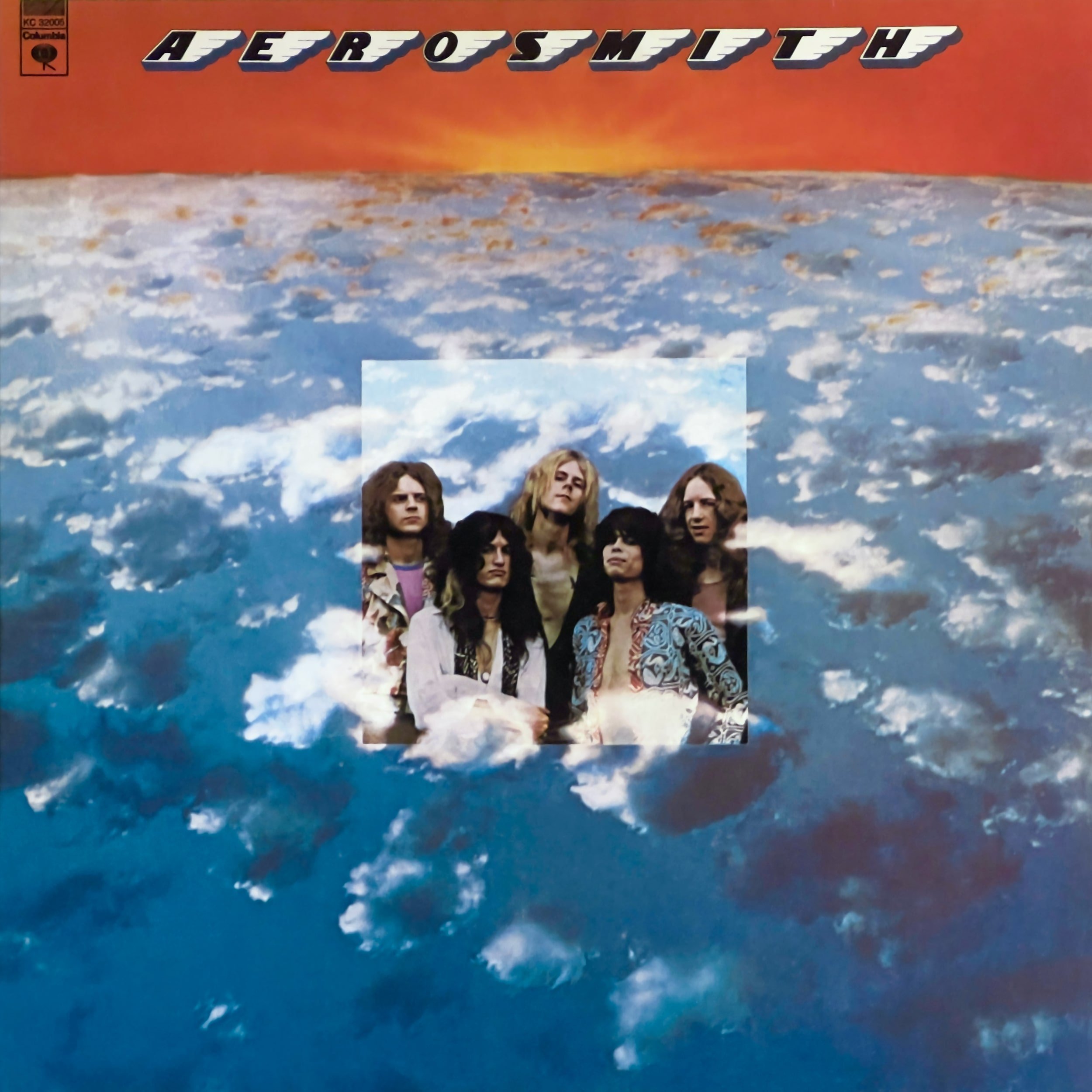


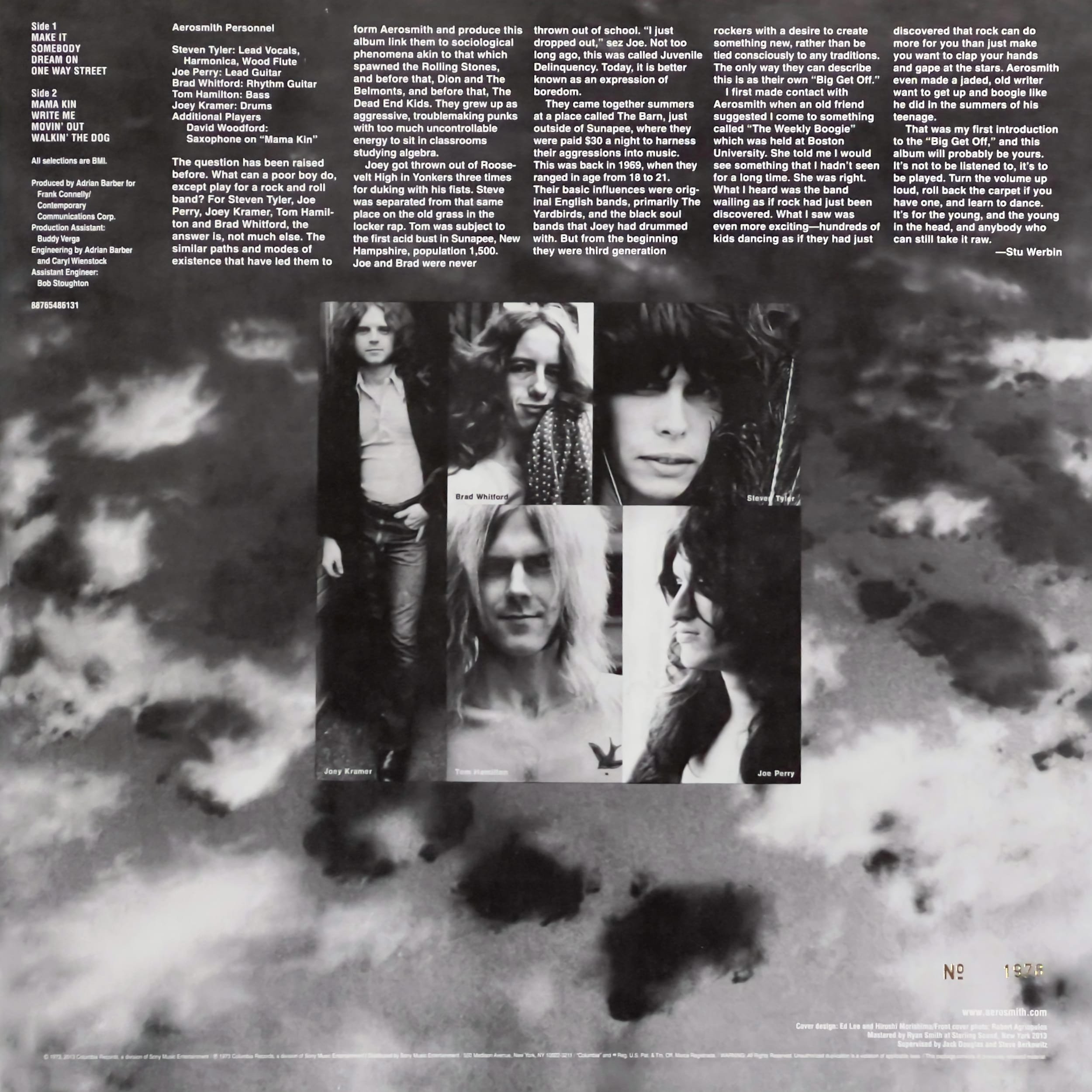


![Skyhooks – Living In The 70’s (Remastered) [Album Review On CD & Apple Music]](https://images.squarespace-cdn.com/content/v1/565c1ab5e4b05079e4bfa169/1663055027861-3VM8PVPVK7WXS7GD4GPV/Skyhooks+Living+In+The+70s+Album+Cover.jpg)






